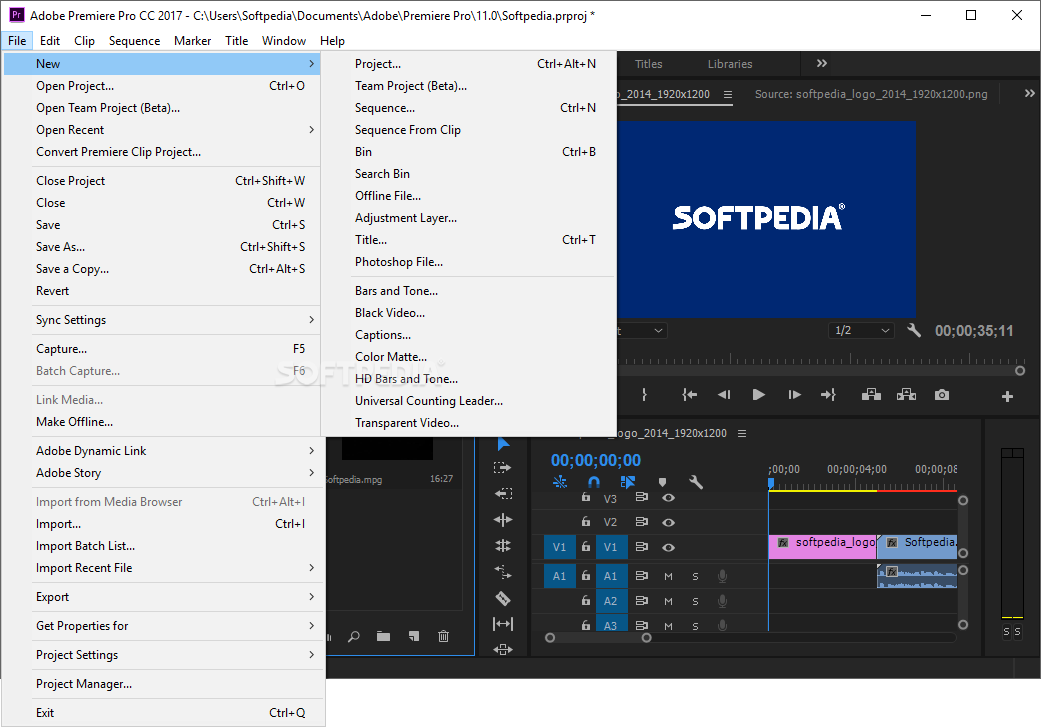

- ADOBE AUDITIONEFFECTS HOW TO
- ADOBE AUDITIONEFFECTS MANUAL

This is not something I would apply in the waveform view of Adobe Audition rather the multitrack as it involves a number of different effects (including Dynamics Processing, Graphic Equalizer and Studio Reverb). Some voice artists don’t need this process but in many cases sessions come in dry and need a little brightening up. I push up the high range frequencies to give a little sparkle to the voice. Selecting a region changes the language and/or content on add some of my own custom EQ to voice overs, like my own, and other voice over artists that perform work for Music Radio Creative. When you listen to the result with stereo headphones, your mind perceives sound coming from within your head instead of from somewhere externally. However, the left channel’s noise is exactly inverse of the right channel’s noise.
Inverse - Generates noise by using a single noise source (similar to the Mono option). Mono - Generates noise by using a single noise source, with the left and right channels set equally to that source. The left channel’s noise is completely independent of the right channel’s noise. Independent Channels - Generates noise by using two unique noise sources, one for each channel. A delay of zero is identical to monaural noise, where left and right channels are the same. About 900 to 1000 microseconds correspond to the maximum delay perceivable. To specify the distance from center of the left and right noise sources, enter a delay value in microseconds. When you listen to the result with stereo headphones, your mind perceives sound coming from all around. Spatial Stereo - Generates noise by using three unique noise sources and spatially encoding them to seem as if one comes from the left, one from the center, and one from the right. Adobe Audition generates white noise by choosing random values for each sample. Because the human ear is more susceptible to high frequencies, white noise sounds very hissy. White noise - Has a spectral frequency of 1, meaning that equal proportions of all frequencies are present. When zoomed in, the pattern looks identical to when zoomed It is neither random nor predictable it is fractal-like when viewed. By equalizing the sounds, you can generate rainfall, waterfalls, wind, rushing river, and other natural sounds. Pink noise is exactly between brown and white noise (hence, some people used to call it tan noise). It is the most natural sounding of the noises. Pink noise - Has a spectral frequency of 1/f and is found mostly in nature. When graphed, this waveform looks like a mountain range. That is, the next sample in the waveform is equal to the previous sample, plus a small random amount. Brown noise is so called because, when viewed, the wave follows a Brownian motion curve. Its sounds are thunder- and waterfall-like. Brown noise - Has a spectral frequency of 1/f2, which means, in layman’s terms, that the noise has much more low-frequency content. Importing video and working with video clips. ADOBE AUDITIONEFFECTS HOW TO
How to match, fade, and mix clip volume with Audition.Arrange and edit multitrack clips with Audition.How to use special effects with Audition.Diagnostics effects (Waveform Editor only) for Audition.Apply amplitude and compression effects to audio.Doppler Shifter effect (Waveform Editor only).
ADOBE AUDITIONEFFECTS MANUAL
Manual Pitch Correction effect (Waveform Editor only).Fade and Gain Envelope effects (Waveform Editor only).Applying effects in the Waveform Editor.Analyze phase, frequency, and amplitude with Audition.How to automate common tasks in Audition.Inverting, reversing, and silencing audio.How to copy, cut, paste, and delete audio in Audition.Displaying audio in the Waveform Editor.Matching loudness across multiple audio files.Session Markers and Clip Marker for Multitrack.Edit, repair, and improve audio using Essential Sound panel.Remove silences from your audio recordings.Monitoring recording and playback levels.


Navigate time and playing audio in Adobe Audition.Create, open, or import files in Adobe Audition.Customizing and saving application settings.Connecting to audio hardware in Audition.Applying effects in the Multitrack Editor.








 0 kommentar(er)
0 kommentar(er)
